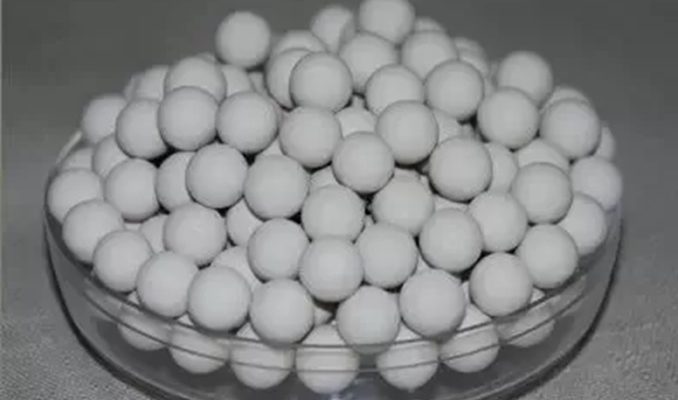You want a support layer that protects flow, avoids channeling, and extends run time. The foundation is the choice and sizing of Industrial milling media for your reactor internals. Match media density to process conditions and block fines from migrating into the active layer. A well-built base prevents hotspots and keeps pressure stable over a full cycle.
Next, address breakdown and surface finish with grinding media considerations, even though the media will not grind inside the reactor. The same thinking applies. Hardness and sphericity shape how beads resist fracture during loading and thermal shock. Media that chips during charging creates fines that clog screens and raise pressure drop.
Flow uniformity depends on tumbling media style properties such as roundness and size consistency. Round beads pack predictably and allow even distribution across the bed. Irregular shapes snag and trap fines. Choose a narrow size band so that gas or liquid meets the same resistance through every path.
Your base layer must support and protect the active layer, so think like a staged filter when you build the catalyst bed. Start with coarse beads at the bottom for drainage. Step up through medium to fine guard layers under the catalyst. This gradation captures debris, protects the active pellets, and reduces fluid velocity spikes that cause attrition.
For harsh duty, consider the durability and cleanliness of stainless steel tumbling media when process compatibility allows. Steel stands up to high loads and temperature shifts and resists crushing. It also avoids silica shedding in sensitive services. If corrosion risk exists, select the right grade and passivation protocol before service.
How to build a reliable catalyst support bed
Set the right size ladder
Pack from coarse to fine. The bottom layer should be your largest bead that still supports even flow. Middle layers handle transition and fine screening. The top guard under the catalyst should be small enough to stop migration but large enough to prevent excessive pressure rise. Verify with a simple sieve analysis and a pressure drop test in a short column.
Balance hardness and toughness
Hardness resists wear. Toughness resists cracking. You want both. Alumina and steel offer strong combinations. Glass suits milder services and pressures. Ask vendors for crush strength data, thermal shock tests, and attrition rates under your temperature range. Numbers beat guesses and help you forecast cycle life.
Check chemistry and cleanliness
Media can poison catalysts if it leaches ions. Confirm composition certificates and wash the media until rinse water shows low conductivity and no visible fines. Dry completely before loading to avoid steam pops during heat up. Clean starts prevent early pressure spikes and protect activity.
Control loading and bed height
Use calibrated scoops and layer by layer measurements. Level each lift with gentle raking. Avoid dropping bags from a height which fractures beads. Track bed height and settled height after a brief vibration or light tap. Consistency across vessels reduces performance drift between trains.
Plan for inspection and change-outs
Record delta P at defined flow rates and inlet temperature. Log the start of run values and compare weekly. When you see non-linear rise, plan a controlled shutdown to inspect the guard layers. Replace only what is spent if the base remains intact. Targeted swaps cut downtime and save costs.
Test before the full run
Build a small test column with the same fluid and temperatures if possible. Measure pressure drop, flow distribution, and fines capture. Adjust layer thickness or bead size based on the curve you see. A short pilot saves a long outage later.
Safety and handling
Wear eye and hand protection. Use lifts and chutes to reduce manual strain. Sweep beads immediately to prevent slips. Store media in a dry space away from corrosives. Good housekeeping keeps your people safe and your media clean.
Conclusion
Design the base with size gradation and verified strength. Validate chemistry and cleanliness. Load with care and monitor pressure trends. When you treat the support layers as a staged filter, your catalyst sees even flow and your unit runs longer between turnarounds.


